Following work on European political parties, it has come to our attention that the Authority for European Political Parties and European Political Foundations does not comply with its transparency obligations stemming from Article 32 of Regulation 1141/2014 on the statute and funding of European political parties and European political foundations. The report below was sent to the APPF on 26 March 2020; it highlights the accomplishments and shortcomings of the APPF regarding its transparency requirements. We hope it proves useful in enacting the necessary measures to meet the provisions of Regulation 1141/2014. Short of a remedy to meet these legal obligations within three months, we will officially lodge a complaint with the European Ombudsman.
Legal basis
- Regulation (EU, Euratom) 1141/2014 of the European Parliament and of the Council of 22 October 2014 on the statute and funding of European political parties and European political foundations
Amended by:
- Regulation (EU, Euratom) 2018/673 of the European Parliament and of the Council of 3 May 2018
- Regulation (EU, Euratom) 2019/493 of the European Parliament and of the Council of 25 March 2019
Regulation 1141/2014 lays down the conditions governing the statute and funding of political parties at European level and political foundations at European level, respectively referred to as ‘European political parties’ and ’European political foundations’.
As such, it imposes a range of obligations on stakeholders, including on the European Parliament and on an Authority for European political parties and European political foundations created by Regulation 1141/2014 (Art. 6).
Relevant provisions (colouring added)
Article 6 — Authority for European political parties and European political foundations
2. The Authority shall have legal personality. It shall be independent and shall exercise its functions in full compliance with this Regulation. […]
Article 7 — Register of European political parties and foundations
1. The Authority shall establish and manage a Register of European political parties and European political foundations. Information from the Register shall be available online in accordance with Article 32.
Article 32 — Transparency
1. The European Parliament shall make public, under the authority of its Authorising Officer or under that of the Authority, on a website created for that purpose, the following:
(a) the names and statutes of all registered European political parties and European political foundations, together with the documents submitted as part of their applications for registration in accordance with Article 8, at the latest four weeks after the Authority has adopted its decision and, thereafter, any amendments notified to the Authority pursuant to Article 9(5) and (6);
(b) a list of applications that have not been approved, together with the documents submitted as part thereof, together with the application for registration in accordance with Article 8 and the grounds for rejection, at the latest four weeks after the Authority adopted its decision;
(c) an annual report with a table of the amounts paid to each European political party and European political foundation, for each financial year for which contributions have been received or grants have been paid from the general budget of the European Union;
(d) the annual financial statements and external audit reports referred to in Article 23(1), and, for European political foundations, the final reports on the implementation of the work programmes or actions;
(e) the names of donors and their corresponding donations reported by European political parties and European political foundations in accordance with Article 20(2), (3) and (4), with the exception of donations from natural persons the value of which does not exceed EUR 1 500 per year and per donor, which shall be reported as ‘minor donations’. Donations from natural persons the annual value of which exceeds EUR 1500 and is below or equal to EUR 3000 shall not be published without the corresponding donor’s prior written consent to their publication. If no such prior consent has been given, such donations shall be reported as ‘minor donations’. The total amount of minor donations and the number of donors per calendar year shall also be published;
(f) the contributions referred to in Article 20(7) and (8) and reported by European political parties and European political foundations in accordance with Article 20(2), including the identity of the member parties or organisations which made those contributions;
(g) the details of and reasons for any final decisions taken by the Authority pursuant to Article 27 [on sanctions], including, where relevant, any opinions adopted by the committee of independent eminent persons in accordance with Articles 10 and 11, having due regard to Regulation (EC) No 45/2001;
(h) the details of and reasons for any final decision taken by the Authorising Officer of the European Parliament pursuant to Article 27 [on sanctions];
(i) a description of the technical support provided to European political parties;
(j) the evaluation report of the European Parliament on the application of this Regulation and on the funded activities referred to in Article 38; and
(k) an updated list of Members of the European Parliament who are members of a European political party.
2. The European Parliament shall make public the list of legal persons who are members of a European political party, as annexed to the party statutes in accordance with Article 4(2) and updated in accordance with Article 9(6), as well as the total number of individual members.
[…]
Description of the case
Requirements on publication
Pursuant to Articles 6, 7 and 32, the European Parliament is required to “make public, under the authority of its Authorising Officer or under that of the Authority, on a website created for that purpose” (Article 32(1)) a series of information.
In layman’s terms, this information includes:
- the names and statutes of registered European political parties and foundations;
- the applications that have not been approved and the grounds for rejection;
- the documents submitted as part of applications for registration, whether the application has been approved or not;
- an annual report with amounts paid to each European political party and foundation;
- the annual financial statements and external audit reports of European political parties;
- the final reports on the implementation of the work programmes or actions of European political foundations;
- the names of donors and the value of donations for all donations reported by European political parties and foundations, for donations above €1,500 (if written consent was given, for donations above €1,500 and under €3,000);
- the number and sum of donations under €1,500 from natural persons and of donations above €1,500 and below €3,000 for which consent to publication was not given (bundled as “minor donations”);
- the contributions from legal entities members of European parties and foundations and the identity of the member parties or organisations which made those contributions;
- the details of and reasons for final decisions regarding sanctions taken by the Authority and the European Parliament;
- a description of the technical support provided to European parties;
- the evaluation report of the European Parliament on the application of this Regulation (starting in 2021); and
- an updated list of MEPs who are members of a European political party.
Additionally, the European Parliament is required to “make public the list of legal persons who are members of a European political party […] as well as the total number of individual members” (Article 32(2)).
Implementation of these requirements
Dedicated website
Following its creation, the Authority has published information on European political parties and foundations on its website http://www.appf.europa.eu/, which, in the absence of any other website better fitting this criterion, can legitimately and without a doubt be considered the “website created for that purpose” referred to in Article 32(1). It follows that all information listed to be made public in Article 32(1) is therefore expected to be made public on this website.
Presence of information
In practice, the Authority’s website lists the following information:
| ✓ |
| ✓ |
| ✓ |
| ✗ |
| ✗ |
| ✗ |
| ~ |
| ~ |
| ✗ |
| ~ |
| ✗ |
| N/A |
| ~ |
Information about European parties and foundations, including their name, statutes and updates thereof are provided. Likewise, a dedicated page lists applications not approved, of which there is one, with accompanying documents.
Financial information — whether the amounts of public funds granted to parties and foundations, parties’ financial statements and audit reports, and contributions from member entities — is not displayed. Likewise, technical support provided to European parties, as well as foundations’ reports on the implementation of their work programmes, are not displayed.
For some of the information, the content displayed is incomplete and falls short of meeting the requirements of disclosure of Article 32(1).
For instance, donations above €12,000 are listed with the names of their donors. However, donations below €12,000 are only published if received within 6 months of the European election (see Fig. 5)
This is not in line with Article 32(1)(e) and Article 20(2) and (3) of the Regulation. Article 20(2) requires the communication by parties of all donations, regardless of their value, including the identity of their donor. Of these donations, Article 32(1)(e) clearly requires the publication of all donations above €3,000 (including their value and the number of their donor), of donations between €1,500 and €3,000 for which prior written consent was given, and of “minor donations” as a single amount, along with the number of these donations. The mention of “Donations received by European political parties and European political foundations within six months prior to elections to the European Parliament” in Article 20(3) only refers to their communication by parties to the Authority and does not limit the publication of donations by the Authority to only those made within six months of the European elections.
Furthermore, donations published are grouped either as “Donations the value of which does not exceed EUR 12 000, received within 6 months prior to elections to the European Parliament” or “Minor donations received within 6 months prior to the elections to the European Parliament”. The first group lists donations not only under €3,000 with no information concerning the given consent, but also under €1,500, which is not part of the requirements of Article 32(1).
Unlike for applications for registration as European party or foundation, which have a dedicated page whether or not there have been applications rejected (see Fig. 3), there is no page on the APPF website concerning sanctions, making it impossible to tell whether there has never been sanctions imposed on European parties and foundations, or whether sanctions are not displayed.
Finally, while the sections for each European party include documents indicating a list of their MEPs (including a post-Brexit update), there is no single consolidated list of MEPs with their affiliation (or lack thereof, should the list include all MEPs).
Supplementary information
Aside from the dedicated website required to display all information listed in Article 32(1), the European Parliament’s own website separately hosts part of the required information.
This information is located on the European Parliament’s own website, yet in a rather hidden section entitled “Other websites”, under “Contracts and Grants”, in the section on “Political parties and foundations”.
| APPF | EP | |
| ✓ | ✗ |
| ✓ | ✗ |
| ✓ | ✗ |
| ✗ | ✓ |
| ✗ | ✓ (until 2017) |
| ✗ | ✗ |
| ~ | ✗ |
| ~ | ✗ |
| ✗ | ✗ |
| ~ | ✗ |
| ✗ | ✓ (until 2018) |
| N/A | N/A |
| ~ | ✗ |
The website further displays, as is required of the European Parliament, a list of all legal persons members of European parties and a list of their number of individual members (see Fig. 9).
As we can see, the information displayed on the website of the European Parliament partly supplements the information displayed on the website of the APPF. However, despite the online presence of this information, this fails to meet the requirement of Article 32(1) to have all this information displayed together in one website created for that purpose. Furthermore, part of the required information is still missing entirely.
Clarity of information
The online display of information means little if the information in question is not easily accessible to the public. The legislator was mindful of this in Article 18(2a), added in the 2018 amendment of the Regulation, when it required European political parties to include, in their application for public funding, evidence that their member parties displayed European parties’ logo and political programme “in a clearly visible and user-friendly manner”.
With this in mind, the information provided by the APPF and, to a lesser degree, by the European Parliament, cannot be considered to be “clearly visible” in a “user-friendly manner”.
Located in a section of a page relating to “contracts and grants”, listed under “other websites” (see Fig. 7 and 8), the information hosted on the website of the European Parliament simply cannot be considered “clearly visible” to the public.
As for its accessibility, part of the information published by the European Parliament on the topic of European parties and foundations is user-friendly, with documents being provided in DOC or XLS format. However, financial information about the public funding granted to European parties and foundations is in PDF version only, and not in a machine-readable format (CVS, XLS, XLSX, ODF, XML, etc.). Likewise, financial statements and audit reports not only are provided in PDF format, but are often scanned versions of printed documents, making any computer-assisted analysis impossible (see Fig. 9).
Conversely, information located on the website of the APPF is clearly visible, being on a website that is dedicated to this topic. However, most of the information that the APPF does publish on its website is in PDF (see Fig. 1 and 2). While this is understandable for documents such as statutes, the use of PDFs, especially from scanned documents, for lists of MEPs, lists of members or electoral records makes any analysis of this information impossible, and therefore falls far short of the criterion of user-friendliness.
Even where the APPF provides supplementary information — such as the electoral results of European parties’ members —, this information, provided by European parties, is in one or several PDFs and often amounts to little more than the official results from each Member State, bundling all parties together, and often limiting itself to screen captures of other websites.
From the point of view of the public, the press, or social scientists, none of the information contained in these documents is clearly visible, usable or user-friendly and cannot be considered to meet the spirit of the Regulation’s requirements on transparency.
Recommendations
Based on the shortcomings identified above, both from the point of view of Article 32(1)’s explicit requirements and of basic considerations for citizens’ experience in accessing this information, we make the following recommendations.
- Consolidate all information on a single website. Article 32(1) is very clear in its requirements that all the information it lists are to be on a single website and, from a citizen’s perspective, this requirements is very understandable. For all intents and purposes, this website is clearly that of the APPF. The APPF should therefore ensure that the entirety of the information listed is available in a single location. Of course, redundancy is not an issue, and the European Parliament is welcome to continue displaying information on European parties and foundations it deems useful on its own website.
- Ensure the information provided is complete and matches the Regulation’s requirements. As we have seen, the APPF does provide information related to donations; however, the information is incomplete and is provided in categories that do not match the Regulation’s requirements, making it difficult to understand whether or not it is complete.
- Ensure the absence of information is not confused with missing information. As we have seen, the APPF’s website has no information on sanctions applied to European parties or foundations. In the absence of any information on this topic, there is no way to know whether sanctions have never been applied or whether information on sanctions is simply missing.
- Ensure the information provided is up-to-date and consistently provided. Financial statements and audit reports are only provided until 2017, and technical information provided by the European Parliament until 2018. Conversely, there is no information on donations before 2018.
- Ensure the information provided is clear and understandable. Financial information, when deriving from different streams of funding, can seem obscure. It is therefore important, for the sake of clarity, to disaggregate the data provided. For instance, when indicating the funding made available to European parties and foundations, it is essential to indicate how much (in euros, not percentage) stems from the lump sum amount given equally to all parties, and how much comes from the MEP-based allocation (including for which number of MEPs per European party).
- Ensure the information provided is in machine-readable formats. While some documents are understandably in PDF format, data, in order to be useful, must be also available in machine-readable format (CVS, XLS, XLSX, ODF, XML, etc.). This availability is essential in order to allow interested parties — most prominently the press and social scientists — to carry out their work of analysis and vigilance, and hold political stakeholders accountable. In particular, the APPF must go beyond publishing documents received from European parties and foundations and create its own database centralising information on European parties and foundations, including their sources of funding (lump sum, MEP-based allocation, donations of different amounts, contributions, etc.), their legal and natural members, informations on MEPs including their national parties and EP political groups of affiliation, etc. This information must be available online and exportable to machine-readable format for offline analysis and treatment. In order to facilitate its own work, the APPF would be well-advised to create standardised reporting templates for European parties to use in their provision of information; this would go a long way in making data collection and treatment easier on the APPF.
- Go beyond the Regulation’s requirements. The Regulation contains a list of essential information that must be publicly available to citizens. However, for the proper understanding of European parties and of their role in the European political system, more information is needed and ought to be provided on the APPF’s website. For instance, the APPF’s initiative to list electoral results by European parties is most welcome and quite unique. However, European parties seem not to have played the game and have failed to provide specific information relating to their members — instead drowning that information in the entirety of national electoral results. This was a good initiative and it must be pursued, completed, and expanded to other information that will help citizens understand European parties, including more information about European parties’ members’ number of individual members and supplementary financial information. The European Parliament’s website can be a source of inspiration, as it strives to display electoral data — including the vote share and seats of its parliamentary groups — at the EU and broken down by Member State in an interactive and clearly understandable manner (see Fig. 10 and 11). The APPF could provide similar information and more, from the point of view of European parties, including the vote count, vote share, and elected MEPs of their member parties.
As an act of good faith, we are here providing our own data of electoral results for the 2019 European election, listing the results of each European party’s member parties; all this data is sourced, can be downloaded in Excel format, and reused for the APPF’s own website.
Conclusion
In conclusion, the current lack of public information, the incompleteness of this information, the way it is displayed and the multiplicity of the websites where it is stored are particularly damaging for European citizens’ understanding and knowledge of European political parties and foundations. This is particularly important for citizens’ choice-making ahead of European elections. Article 32 on transparency aims at ensuring citizens have the means to know their European parties and foundations, and the APPF has continuously failed to deliver on its obligations stemming from the letter and spirit of the Regulation.
Of course, a major overhaul of the APPF’s website will most likely require time and additional funding, but a lot can already be accomplished with the website’s existing structure in order to meet the APPF’s direct obligations under Regulation 1141/2014. Since we have managed to collect electoral data from 28 Member States, build a public funding simulator for European parties (not published), and draft an online report with relevant figures and graphs all within a single week, a timeframe of three months (until 26 June 2020) should be sufficient for the APPF to publish at least the required information.
Overall, we hope the above review, along with the data we provide, will be received in the constructive spirit in which it was drafted, with the shared goal of promoting a better knowledge and involvement of European citizens in the workings of our common European democracy.
Annexes
Relevant links
- Regulation (EU, Euratom) 1141/2014 of the European Parliament and of the Council of 22 October 2014 on the statute and funding of European political parties and European political foundations: https://eur-lex.europa.eu/legal-content/EN/TXT/?uri=CELEX%3A02014R1141-20180504
- Regulation (EU, Euratom) 2018/673 of the European Parliament and of the Council of 3 May 2018: https://eur-lex.europa.eu/legal-content/EN/TXT/?qid=1584810051618&uri=CELEX:32018R0673
- Regulation (EU, Euratom) 2019/493 of the European Parliament and of the Council of 25 March 2019: https://eur-lex.europa.eu/legal-content/EN/TXT/?qid=1584810007817&uri=CELEX:32019R0493
- APPF website: http://www.appf.europa.eu/
- European Parliament Website (relevant page): https://www.europarl.europa.eu/contracts-and-grants/en/political-parties-and-foundations
Screen captures
APPF Website
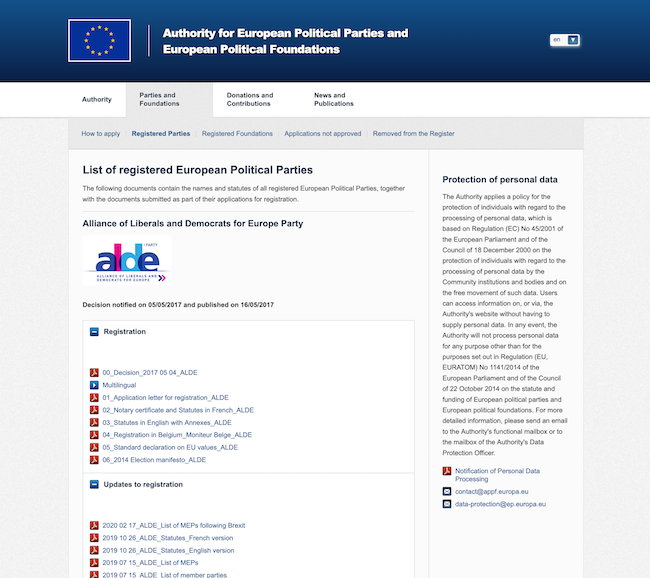
Fig. 1 — List of registered European political parties
https://eudemocracy.eu/wp-content/uploads/2020/03/APPF-1-European-political-parties-scaled.jpg
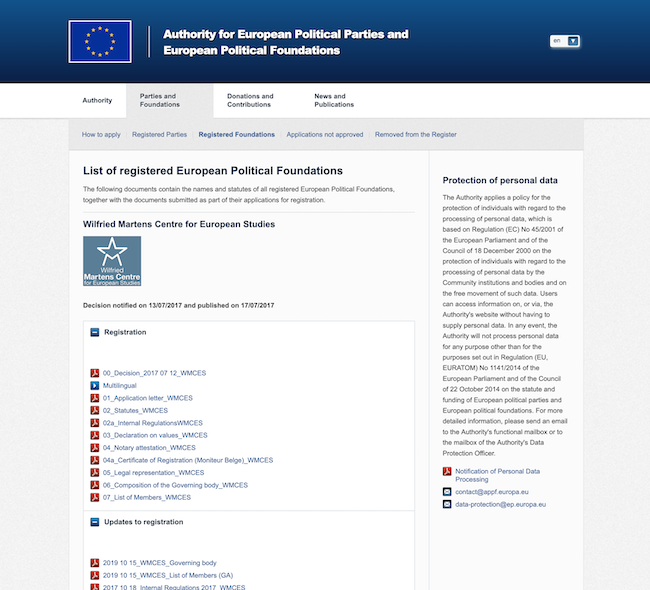
Fig 2. — List of European political foundations
https://eudemocracy.eu/wp-content/uploads/2020/03/APPF-2-European-political-foundations-scaled.jpg

Fig. 3 — List of applications not approved
https://eudemocracy.eu/wp-content/uploads/2020/03/APPF-3-Applications-not-approved.jpg

Fig. 4 — Removed from the register
https://eudemocracy.eu/wp-content/uploads/2020/03/APPF-4-Deregistration.jpg
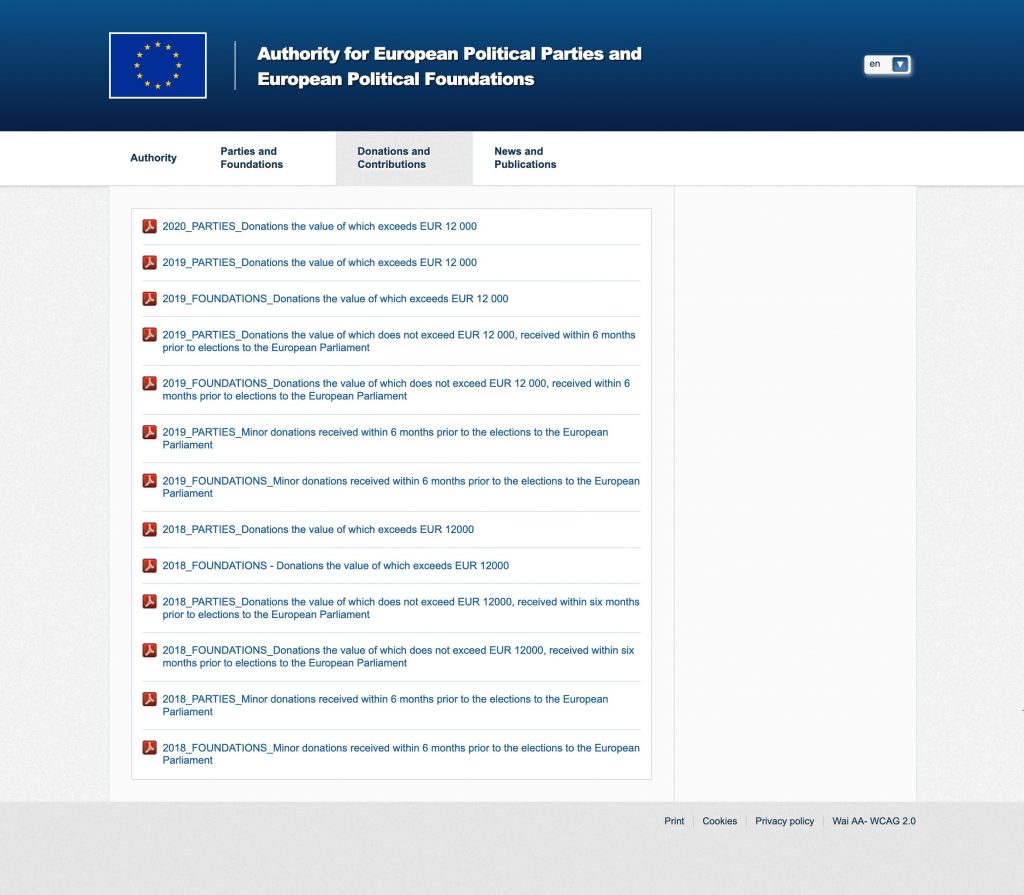
Fig. 5 — Donations and contributions
https://eudemocracy.eu/wp-content/uploads/2020/03/APPF-5-Donations-and-contributions.jpg

Fig. 6 — News and publications
https://eudemocracy.eu/wp-content/uploads/2020/03/APPF-6-News-and-publications.png
European Parliament Website

Fig. 7 — European political parties
https://eudemocracy.eu/wp-content/uploads/2020/03/EP-1-European-political-parties.png
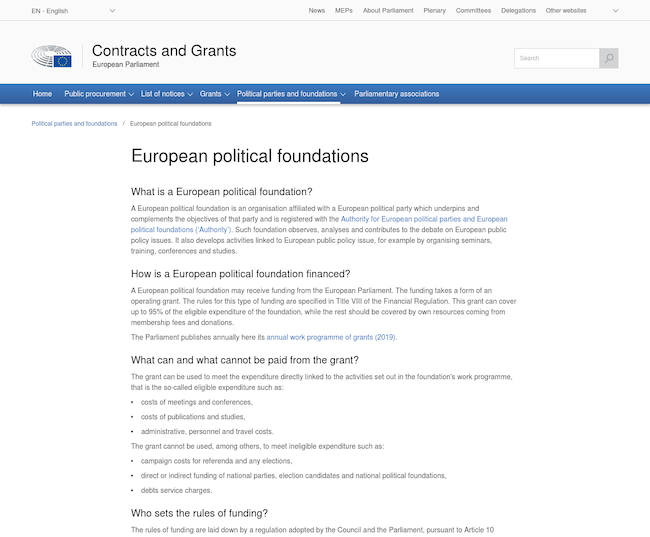
Fig. 8 — European political foundations
https://eudemocracy.eu/wp-content/uploads/2020/03/EP-2-European-political-foundations.png
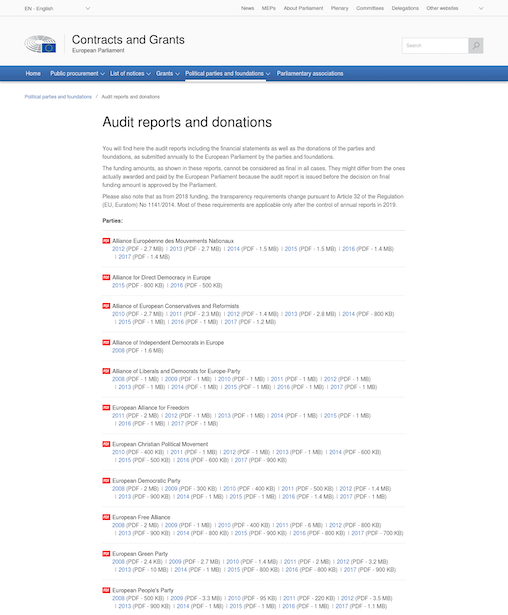
Fig. 9 — Audits, financial statements and other documents
https://eudemocracy.eu/wp-content/uploads/2020/03/EP-3-Audits-financial-statements-and-others.png
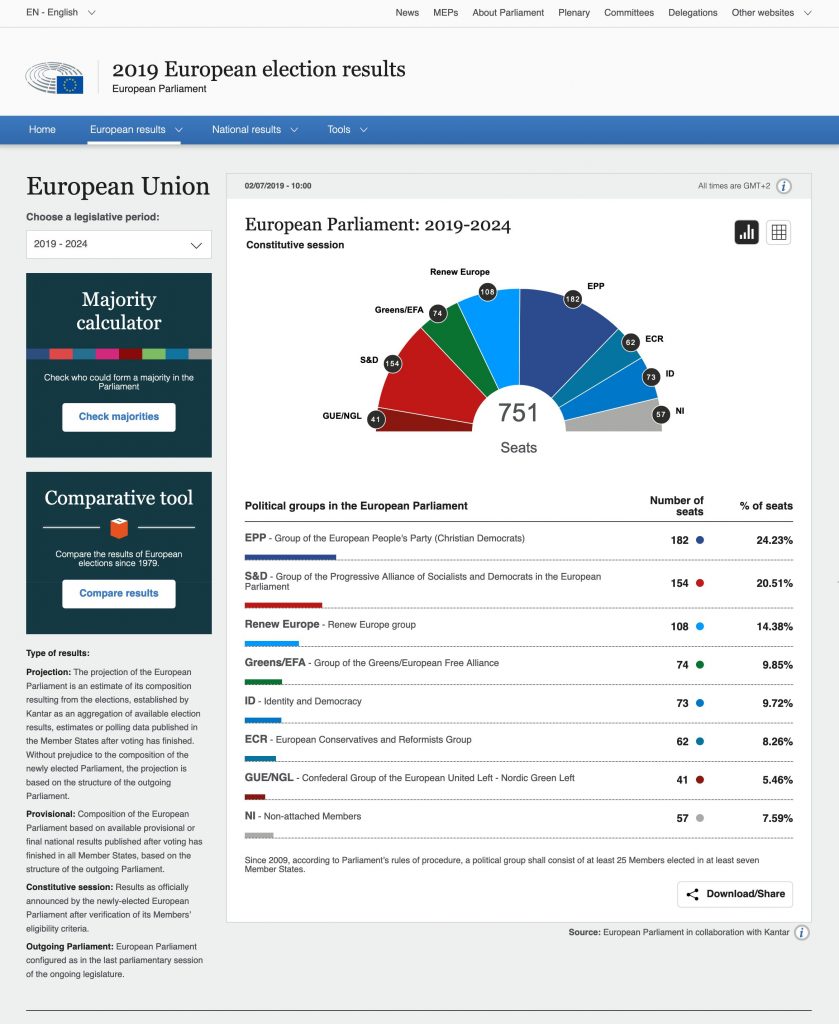
Fig. 10 — EP2-19 Results by Parliamentary Group
https://eudemocracy.eu/wp-content/uploads/2020/03/EP-4-Parliamentary-Groups-Charts-scaled.jpg

Fig. 11 — EP2019 Results by Member State
https://eudemocracy.eu/wp-content/uploads/2020/03/EP-5-National-results-Charts-scaled.jpg

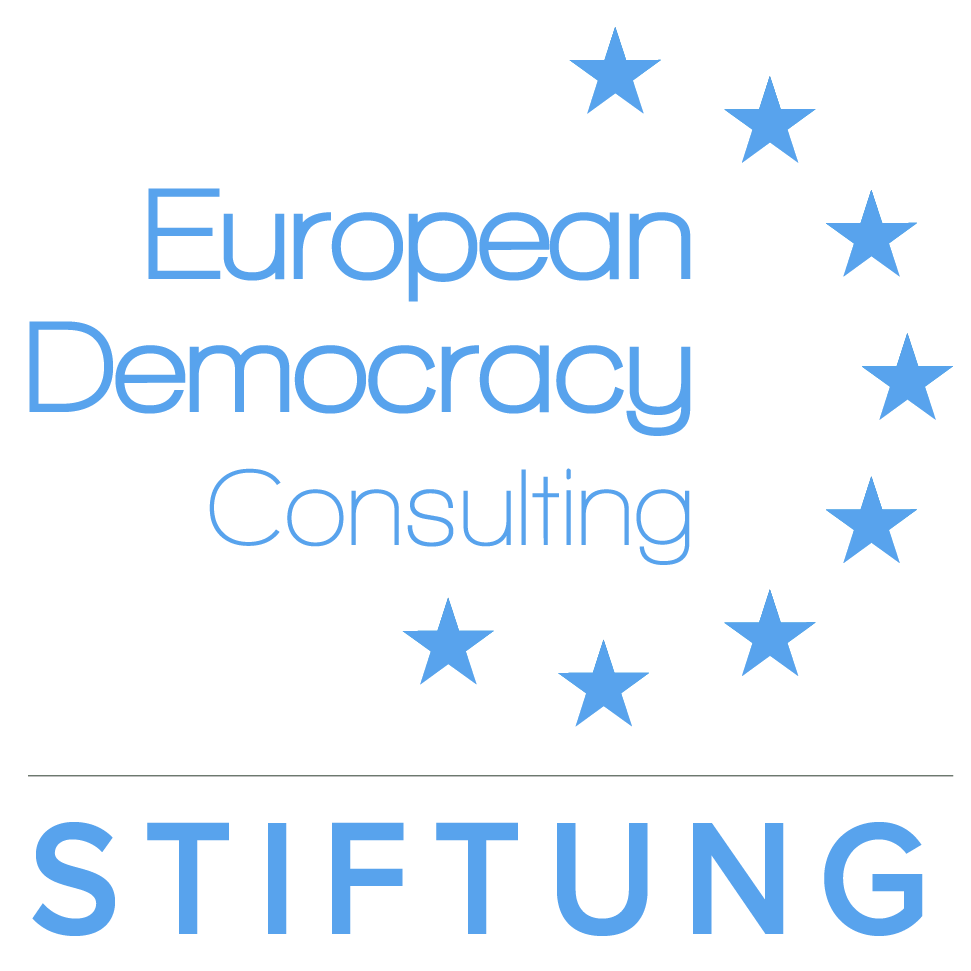
Pingback: EDC responds to Ombudsman decision on Authority for European Parties